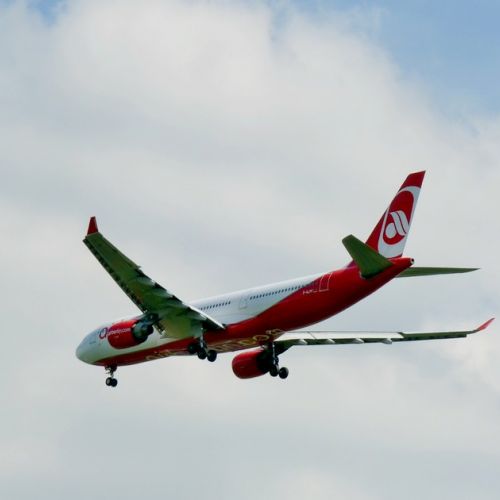Air Travel: What Are The Prohibited Items?
To ensure the safety of passengers, certain items are strictly forbidden in the cabin or in the hold. Packing for a plane trip can sometimes be a real headache! Here is a short summary of the items that are prohibited on planes and the products that are allowed.
What can you take with you?
Among the objects not allowed on the plane, some cannot be taken with you in a carry-on bag.
Strictly forbidden in the cabin are:
- sharp, blunt (baseball bat), metallic or non-metallic objects that can be used as weapons, including nail scissors, glass or metal nail files, razor blades and pocket knives...
- lighter fuels
- Lithium batteries with a capacity greater than 160 Wh
- printer cartridges
- liquids, perfumes and aerosols for cosmetic use with a capacity greater than 100 ml per bottle
And of course :
- explosive or flammable substances (anti-aggression spray, aerosol...)
- chemical or toxic substances (batteries with electrolyte)
- weapons or imitation weapons (pistol, dagger...).
- cartridges and ammunition for hunting or sporting weapons
Are authorized in the cabin :
- MP3 players, digital camera, laptop or Mobile phone after X-ray examination
- books, magazines or newspapers
- lipstick
- purchases made in airport shops must be placed in a plastic bag sealed by the seller.
- liquids and gels (maximum 100 ml per product) must be placed in a closed transparent bag ('freezer bag' type) of maximum 20 cm x 20 cm. Only one plastic bag is allowed per passenger.
- Liquid medicines (insulin, syrups, etc.) are allowed provided that you present a certificate or prescription in your name to the security officers. There are no restrictions for solid medicines (tablets and capsules)
- liquid baby food, without restriction (they must sometimes be tasted at the checkpoint: bring resealable containers).
- specific foods in case of allergy
Caution: in the United States and Canada, bottles must not exceed 3 ounces, or 90 ml. They must be inserted into smaller sealed bags.
What can I put in the hold?
Certain items are not allowed in the aircraft, either in the hold or in the cabin:
- lighters, matches and fuel
- batteries with electrolyte
- lithium batteries with a capacity of more than 160 Wh
- fireworks and firecrackers
- camping stoves
- gas cylinders (including diving cylinders)
- chemical or toxic products (including fertilizers, weed killers, insecticides, bleach, lye, flammable liquids, mercury thermometers, barometers)
- radioactive materials
- animal products (due to the risk of introducing diseases).
Perfumes and aerosols must not exceed 2 kg or 2 l per person and 0.5 kg or 0.5 l per item.
The following items may be placed in the hold, provided that you indicate this when you book your ticket and that you comply with certain rules
- syringes for medical use
- cartridges and ammunition for hunting or sporting weapons (in a rigid case)
- edged weapons, firearms (separate from ammunition), and any object resembling them
- sports equipment
- special luggage (bulky items, musical instruments, wheelchairs, etc.)
With Air France, the transport of a wheelchair in the hold is free of charge, up to a limit of 2. The transport of a folding stroller and a car seat is also free of charge in the hold.







